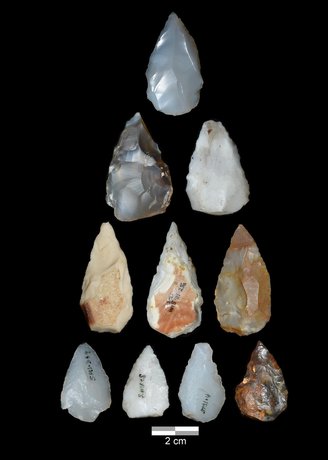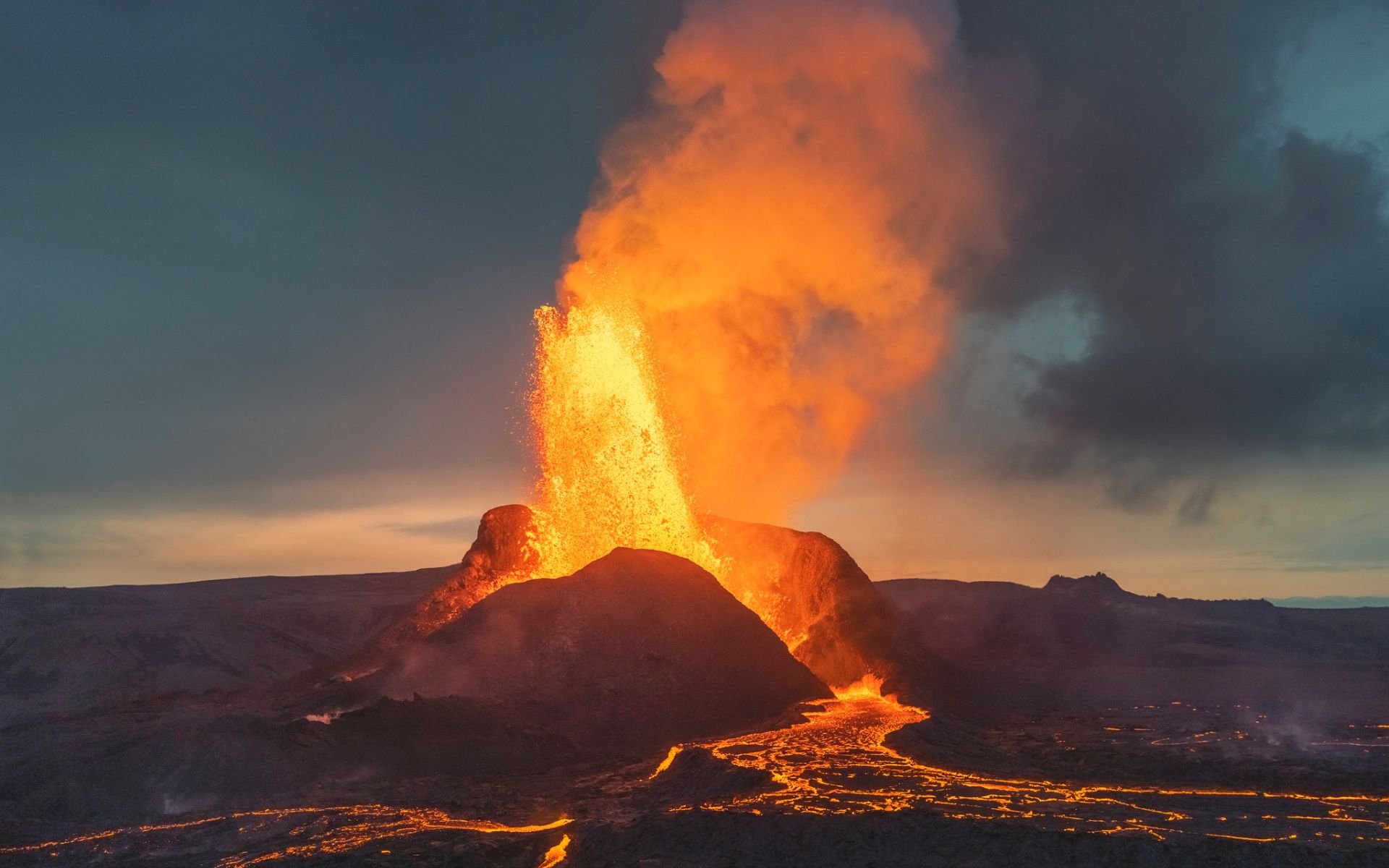A study recently published in the journal Nature challenged the widely accepted thesis that it has been successfully deployed. homo sapiens The transition from Africa to other parts of the planet must have occurred less than 100 thousand years ago, after “green corridors” formed on the continent during humid periods that occurred during times of great food abundance.
The new hypothesis, proven by analysis of volcanic glass found in Ethiopia, shows that: The movement of large masses of people was not due to wealth, but to the drought that occurred after the eruption of the Toba supervolcano in the Horn of Africa 74 thousand years ago.This forced these individuals to adapt and supposedly travel, taking advantage of the resources that were still available.
According to the green corridors thesis, The authors of the new study propose what they call “blue highways” of temporary rivers and seasonal wellsIt is a place where migrants hunt animals that come to drink water and catch fish without equipment when the water level drops, and then move on to other promising wells.
Remnants of the Toba super volcano were detected in the archaeological site
To prove their hypothesis, the team investigated the Shinfa-Metema 1 archaeological site, located in the lowlands of present-day northwestern Ethiopia on the banks of the Shinfa River, a tributary of the Blue Nile. The mega-eruption occurred during the middle phase of the occupation of the site. and can be demonstrated by the presence of small glass fragments whose chemistry is compatible with that of Toba..
One of the major differences of the study was the introduction of new techniques to identify, analyze and interpret cryptotephra, which are volcanic glass fragments smaller than a human hair, ranging in size from 20 to 80 microns, that are released into the atmosphere during volcanic events. explosions..
Using cryptotephra methods such as chemical and isotopic analysis, scientists proved that the volcanic ash layer detected in Shinfa-Metema 1 dates back to approximately 74 thousand years ago.
How did the population survive the Toba super volcano?

The team discovered that the inhabitants of Shinfa-Metema 1 regularly hunted animals ranging from antelopes to monkeys, as evidenced by cut marks on the bones found. Evidence of a controlled fire found in the area indicates that these people also cooked their meals.
The investigation found several small, symmetrical triangular stones that may have served as arrowheads. These tools, probably 74,000 years old, are the oldest evidence of bow and arrow use ever detected..
Seasonal rivers functioned like “pumps that pulled people from one well to another,” according to the study’s lead author, John Kappelman, a professor at the University of Texas. This behavioral flexibility, necessitated by the need to adapt to adverse climatic conditions, including the extreme eruption of the Toba Volcano, was fundamental to the survival of the human species and its spread throughout the world.
Stay up to date with the latest studies on the evolution of our planet Earth at TecMundo. If you wish, take the opportunity to learn how humanity’s ancestors came to the brink of extinction approximately 900,000 years ago.
Source: Tec Mundo
I’m Blaine Morgan, an experienced journalist and writer with over 8 years of experience in the tech industry. My expertise lies in writing about technology news and trends, covering everything from cutting-edge gadgets to emerging software developments. I’ve written for several leading publications including Gadget Onus where I am an author.













